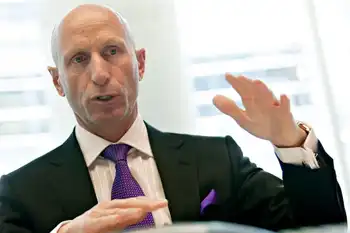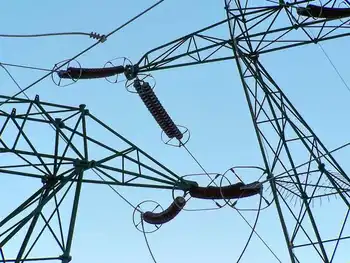Toronto condo first residential building to use LEDs primarily
By Electricity Forum
NFPA 70e Training - Arc Flash
Our customized live online or in‑person group training can be delivered to your staff at your location.

- Live Online
- 6 hours Instructor-led
- Group Training Available
Ontario's Chief Energy Conservation Officer, Peter Love, Etobicoke-Lakeshore MPP, Laurel Broten and Toronto City Councillor, Mark Grimes (Ward 6), were also in attendance to learn more about the technology and to offer their support for the project.
"This is the largest residential interior lighting conversion to LED in Canada and North America," Jim Lord, President of the Palace Pier Condominium Board. "The (Palace Pier) Board and residents were committed to finding a 'green' solution for the new lighting and LED proved to be the answer."
The lighting project will employ close to 1,300 LED based MR16 lamps in the hallways on all 44 residential floors. The previous lighting used 35 watts of electricity per light, while the new LEDs only require 4 watts per light.
Toronto design firm, Heather Ann Scott Signature Design was retained for the project by the Board of the Palace Pier Condominium. Ms. Scott says she hopes the Palace Pier stands as an example of how quality design can benefit from efficient energy products.
"A great amount of time was devoted to researching LED technology and suitability for our application," stated Ms. Scott. "Determining who was a reputable company and ensuring that their product met performance claims was critical and essential. We believe the solution provided by CRS Electronics represents the very best."
"We were very pleased to be selected to provide the LED product solution for this project," said Scott Riesebosch, President of CRS electronics of Welland, Ontario. "We understand the specific lighting principles associated with interior design and knew we had to deliver a product that satisfied the need for both the desired lighting quality as well as providing the energy efficiency associated with LED."
The CRS LED MR16 has a lumen maintenance rating of 70% @ 40,000 hours and is able to operate continuously for 5 years. They will use 87% less energy than the previous halogen lights and help reduce electricity consumption by 349,226 kWh per year.
"We facilitate and undertake a number of LED pilots and projects every year, but the Palace Pier is special because it demonstrates how urban residential energy conservation can work on a large scale," said Chantal Brundage, Program Manager of greenTbiz, a Toronto program that provides energy conservation and efficiency assistance to businesses and commercial property owners and who assisted on the project.
Peter Love, Ontario's Chief Energy Conservation Officer of the Ontario Power Authority commented, "It is exciting to see energy efficiency projects of this nature, which merge the very best in commercial energy efficient technology and residential properties design. I am pleased that the Green lighting technology used in this project is from Ontario. This is proof that what is good for energy conservation and the environment is also good for our economy."











